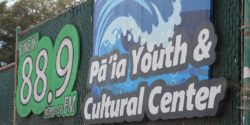On the edge of a funky beach town in Maui lies magical community radio station KOPO-LP, whose broadcasts are filled with youthful voices. Since 2006, thousands of kids and teens from the Pa’ia Youth and Cultural Center (PYCC) have taken to the FM airwaves from its seaside perch.
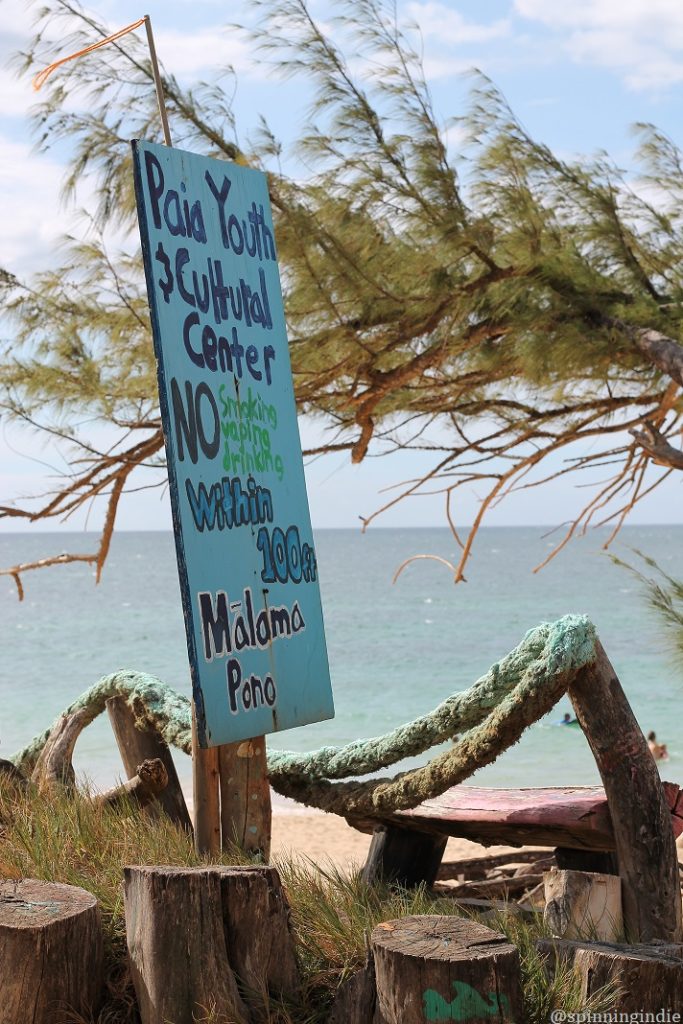
Known as RadiOpio (opio means “youth” in Hawaiian), KOPO-LP operates from the site of a formerly abandoned building that now houses a youth center, complete with skate park. As surfers trek to and from the adjacent beach, young people are hanging out, skateboarding, playing pool, and taking part in a range of programs, from cooking to media production.
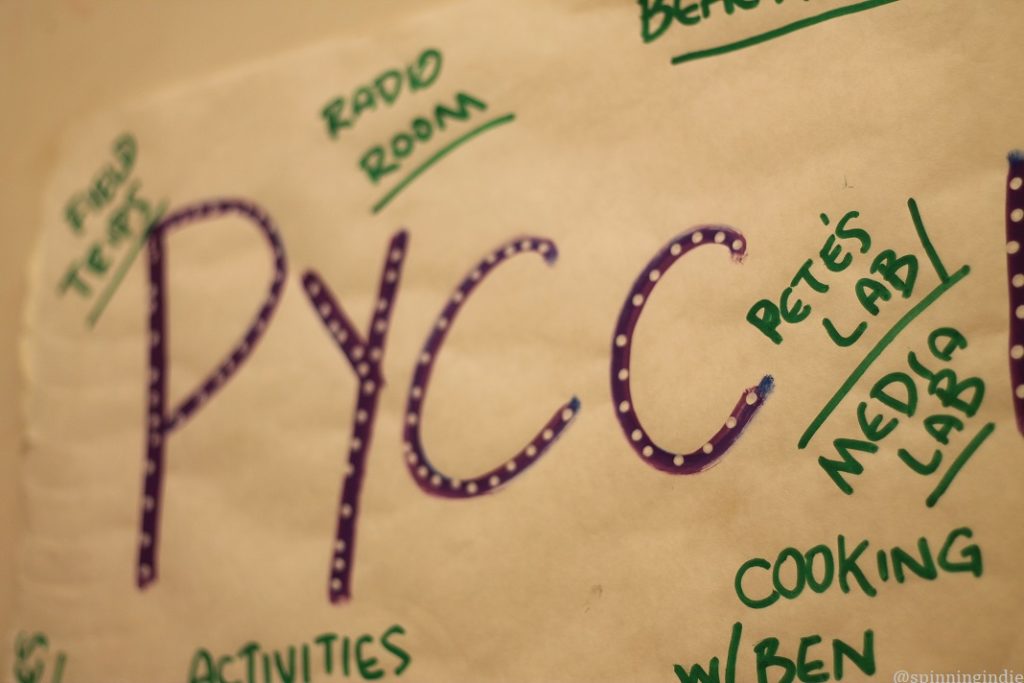
While on vacation in Hawaii this August, I dropped in to the station with my family and was lucky to be able to meet up with RadiOpio Program Director Laura Civitello. Civitello greeted us enthusiastically and indulged me in a short interview and tour. She told a fascinating story about the station’s improbable history. It all begins with Pa’ia Youth and Cultural Center, which stemmed from a grassroots community effort to re-purpose an old, spooky home that was the sole survivor of a neighborhood-destroying 1946 tsunami.
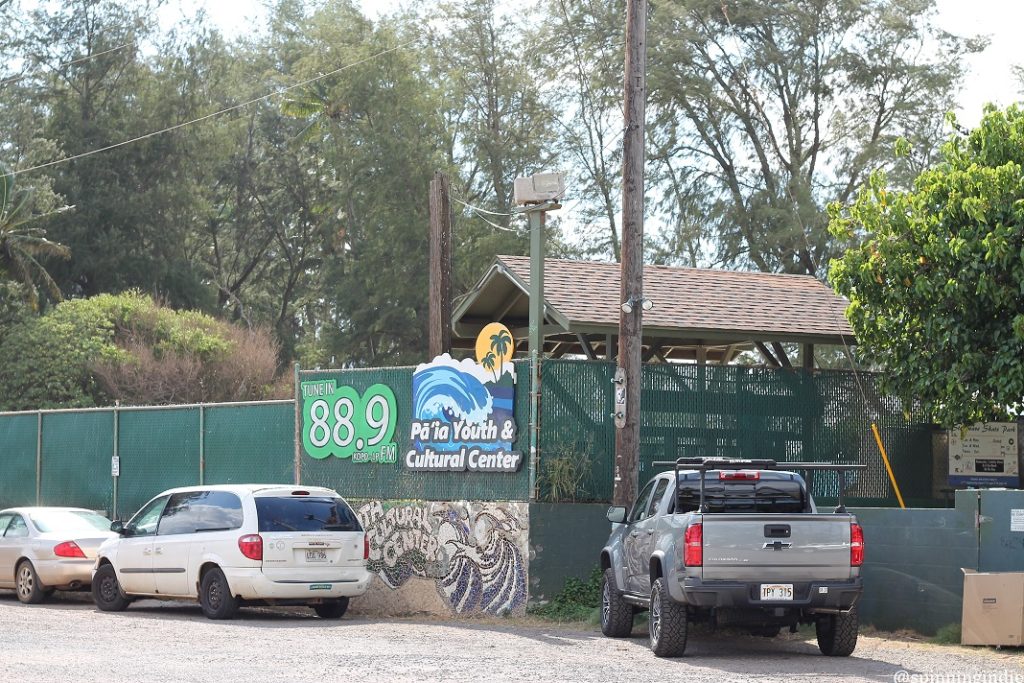
Civitello recounted that in 1999, a staff member at the youth center spotted an ad in Wired Magazine about the opportunity for a low power radio license and that prompted the organization to apply. By 2005, they were awarded a construction permit for a new FM station, but struggled to find someone to take on the project as a youth program.
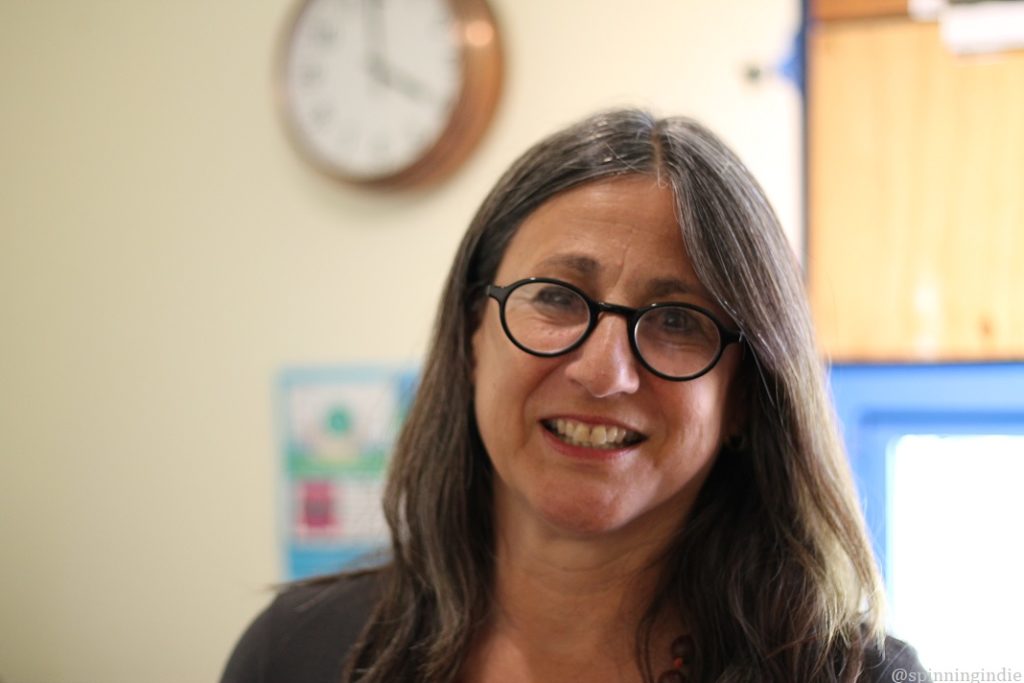
When the center reached out to Civitello, her reaction was markedly different. She told me that she thought, “That’s perfect for me.” After taking on the project, she heard from plenty of naysayers who told her that it was “insane” to launch a radio station at the beach with kids on the air. She was undeterred.
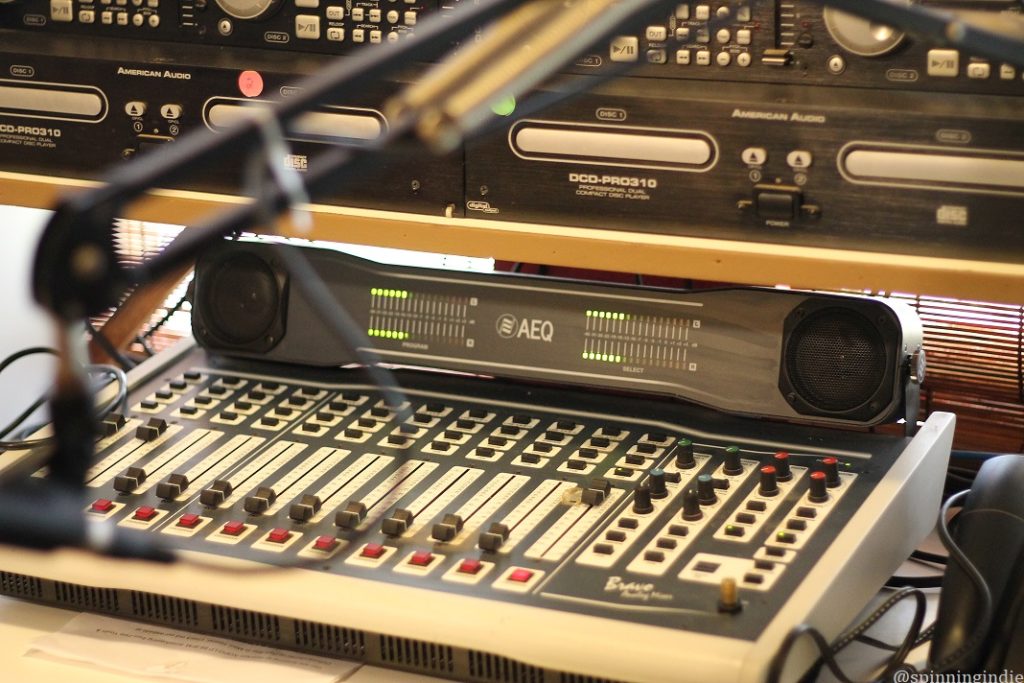
Having been a volunteer at another Maui community radio station, Mana’o Radio (see my tour report), prior to KOPO-LP; Civitello had both local radio connections and insights, which helped as she worked to get the new station on the air in 2006. “It went well immediately,” she recounted, explaining that RadiOpio’s focus on its participants is key. To emphasize that, she spoke about the station’s air sound, relaying, “I hope it’s the sound of kids having fun.”
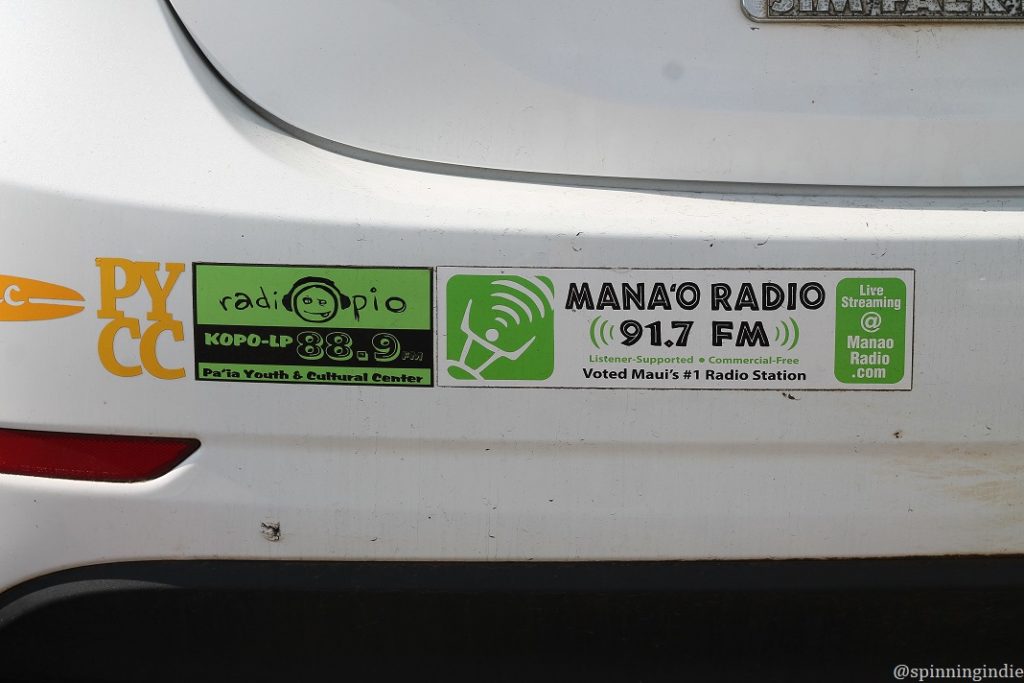
While we chatted, I noticed numerous radios in Civitello’s office. When I pointed them out, she smiled and revealed that folks keep giving her radios as gifts, no doubt as a sign of her passion for radio. The school year started a few days before our visit and the center was buzzing with activity. Young people trickled in and out to check in with Civitello and we were introduced to some of the DJs, including a pair of 12-year-old girls who were on the air.
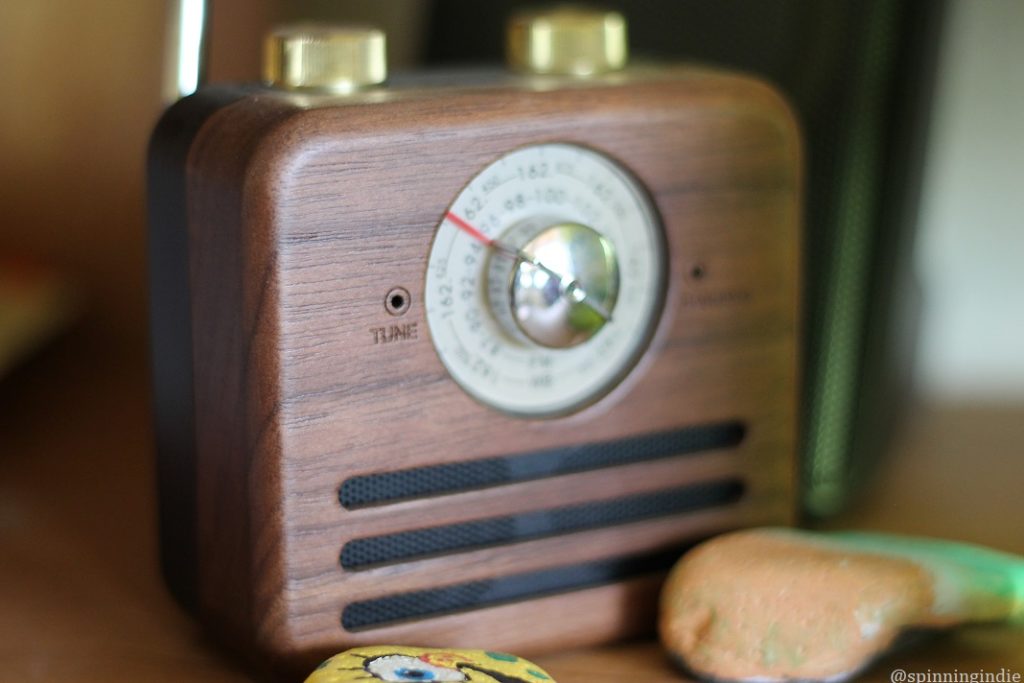
The KOPO-LP studio is in a tiny room next to Civitello’s office. A short hallway leads in to the studio and we loitered there while checking out the space. With two DJs sitting in the studio in front of microphones and audio equipment, the studio was pretty much at maximum capacity.
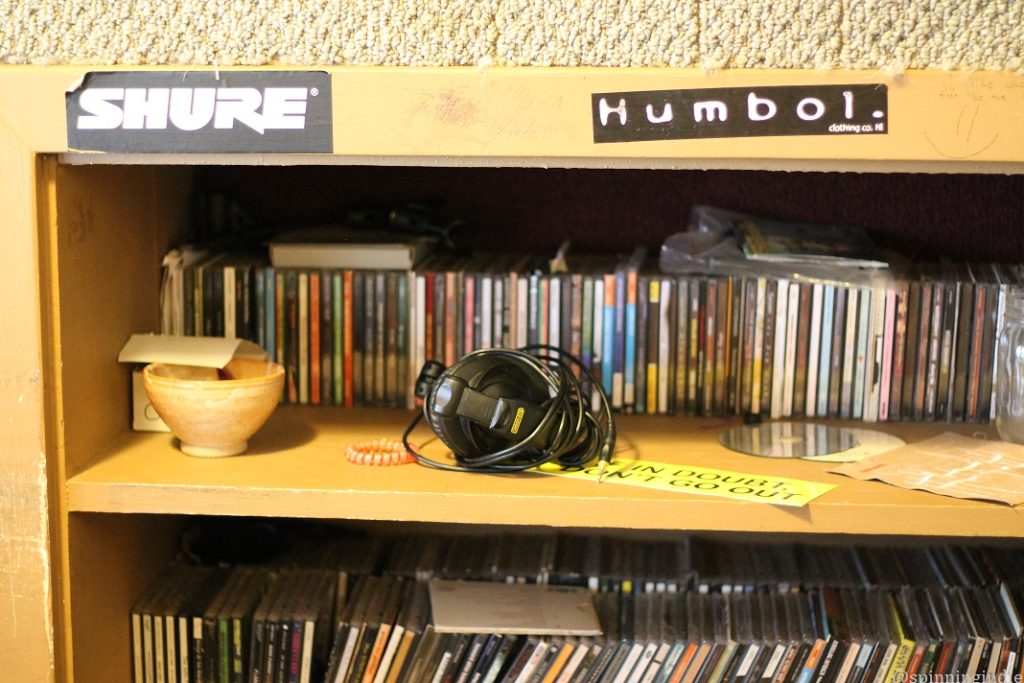
Between songs, the show hosts bantered before exiting the studio to make room for the new crew of DJs. Civitello explained that the schedule is very loose, with kids as young as nine years old coming in after school and taking turns on the air. “I give them a lot of freedom,” Civitello shared, telling me that the young DJs make their own decisions about what to play and say on the air. Sometimes kids will even sing along with the music that they are playing with the microphones turned on.
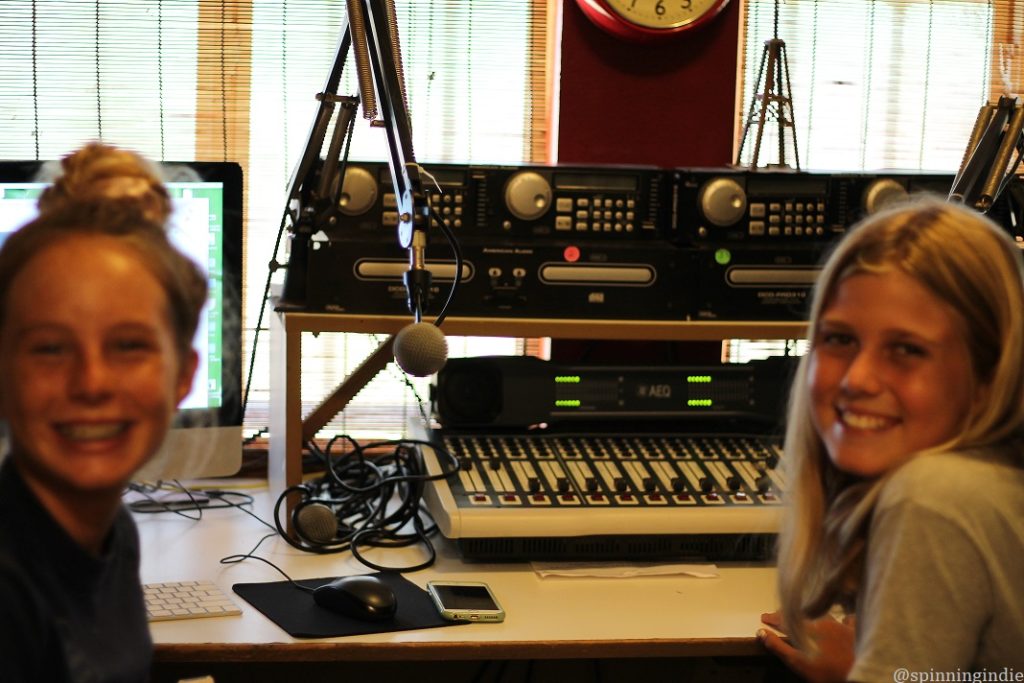
Although KOPO 88.9 FM’s 100 watt range is hampered by the ocean (not too many listeners in that direction), we were amazed by how far we heard the station on our sunset drive up to the 10,000 foot summit of Haleakala. As we trekked out of town and up into the clouds, we caught a mix of pop (Billie Eilish was a big favorite of many DJs), hip-hop (Cardi B, Post Malone and Big Sean were represented) and reggae and could still hear KOPO-LP as we hit an elevation of 7,000 feet! On our post-sunset journey back down, KOPO-LP was playing some older music, including jazzy-bluesy material and some vintage pop from Patti Drew. Earlier in the day we’d heard some classic Beastie Boys as well.
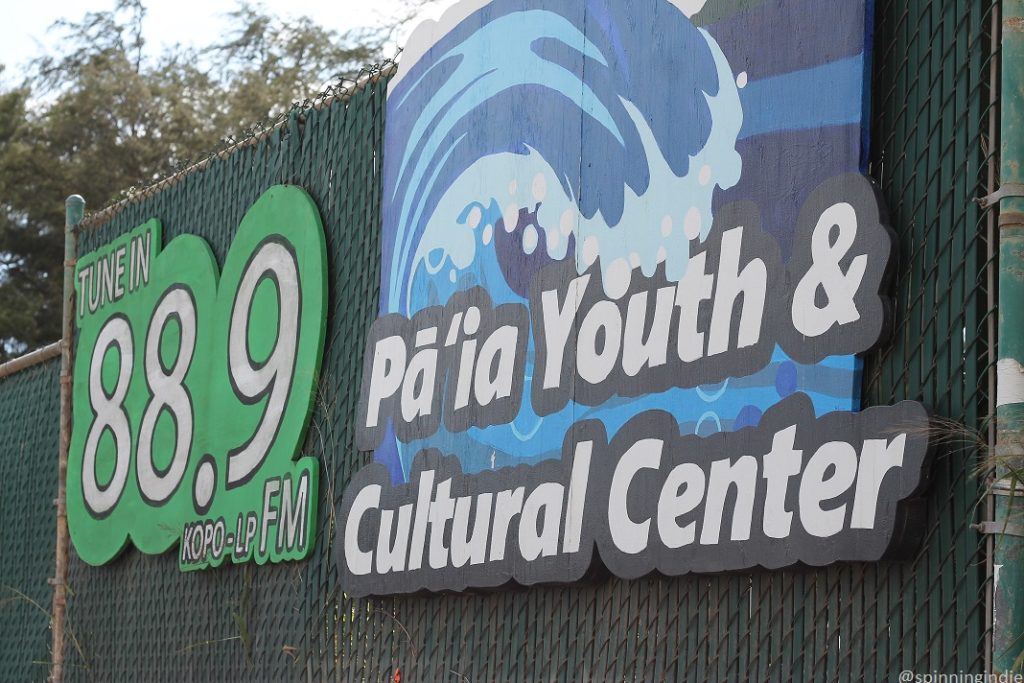
Civitello said that over FM, KOPO-LP covers the north shore of Maui, but that it also has many “faithful” online listeners. The soul of the station is its young participants. “We’re like a family,” Civitello opined, telling me that the free after-school programs at the youth center draw in 9 to 19-year-olds from a range of backgrounds, including “some of the wealthiest kids in the world” as well as youth who are homeless. Most end up doing radio at one point or another, but there’s also the lure of the skate park, pool tables, and other programs.
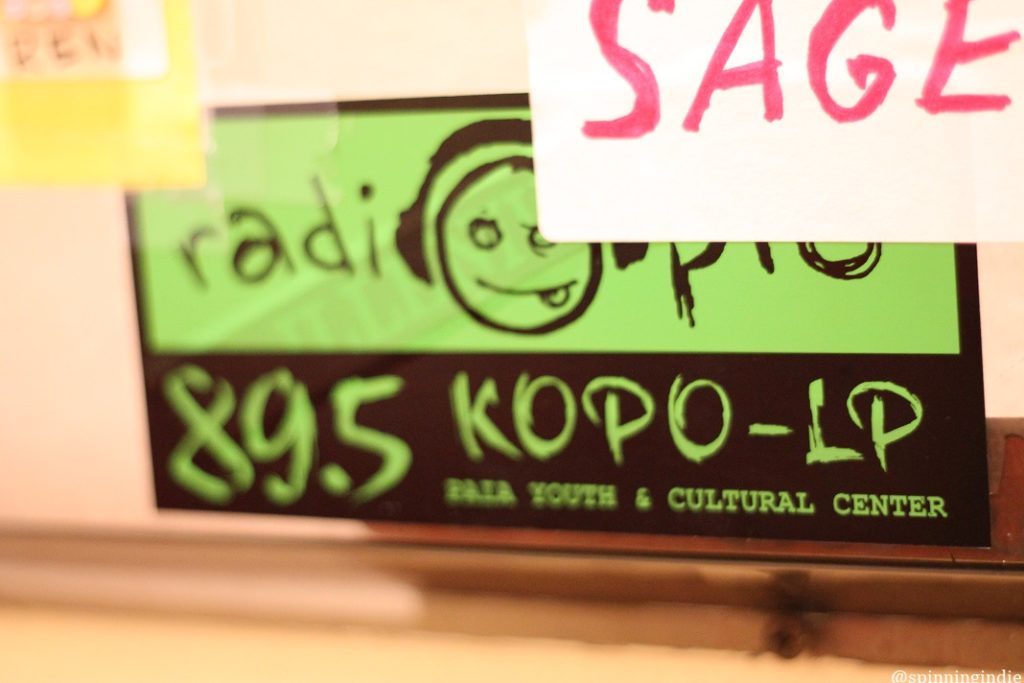
As I took in the beautiful surroundings and incredible opportunity for kids to do radio at such young ages, I thought about all the tourists passing through on their way to see the sights of Hawaii. I hope they take the time to flip through the dial on their rental cars to catch the joyful sounds of kids and teens on RadiOpio.
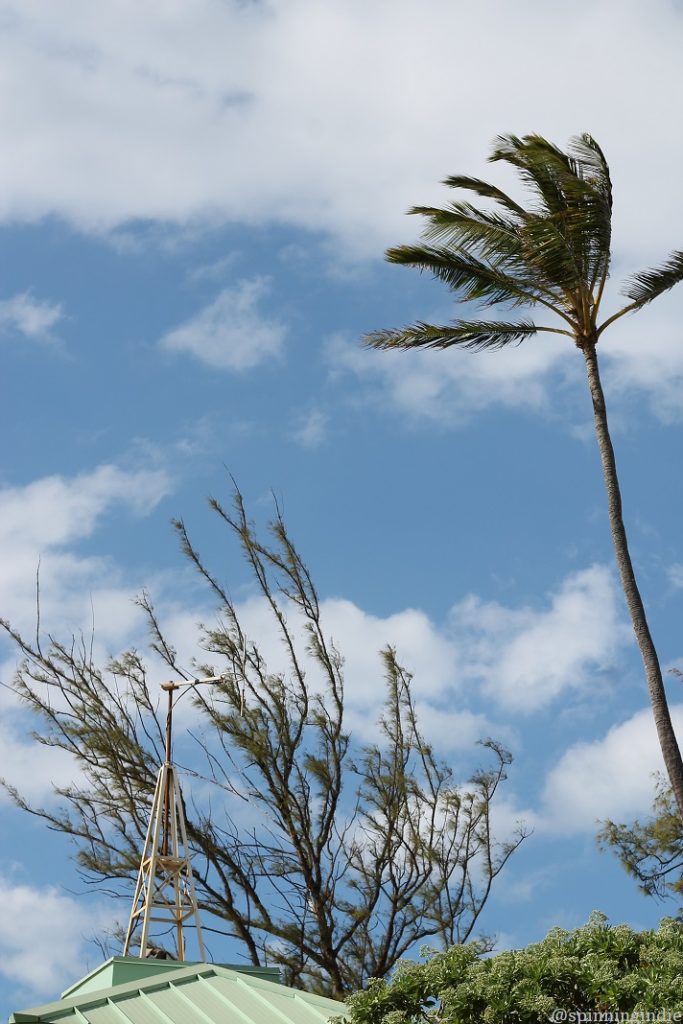
Thanks to Laura Civitello for welcoming us at RadiOpio when we stopped by unannounced! Following the visit, she joined us on Radio Survivor show/podcast episode #210, “Youth Radio by the Beach,” filling in even more details about how the station came to be. This is my 165th radio station tour report and my 36th community radio station recap. View all my radio station visits in numerical order or by station type in our archives.

